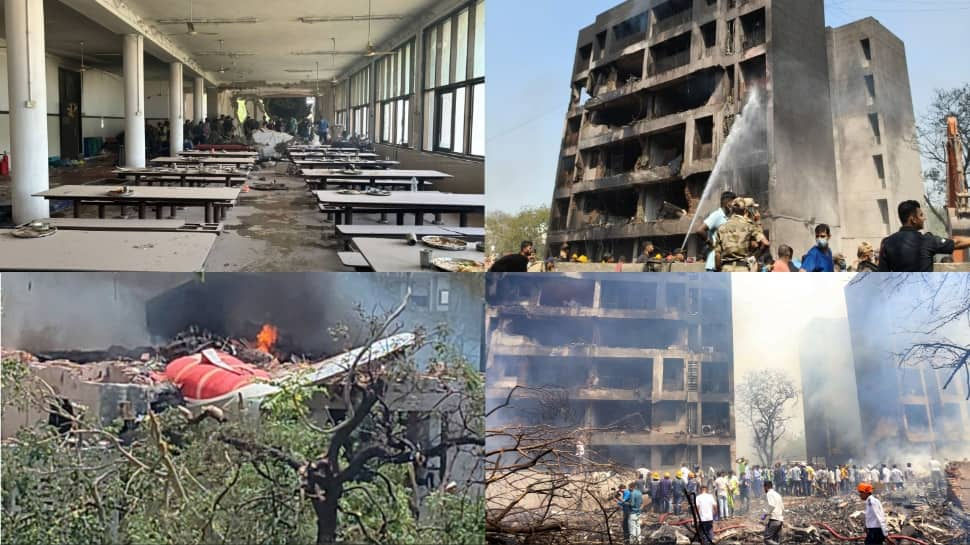New Delhi: For twelve days, Israel and Iran exchanged fire. Sirens wailed. Skies lit up. Reports filled the air with words like “intercepted” and “neutralized”. But deep beneath the headlines, something else was unfolding. Iranian missiles were landing. Not in crowded city blocks. Not in markets or homes. They were striking military ground. Quietly. Precisely. And the public never heard a word.
Radar data, gathered far from the battlefield, tells the story. Oregon State University’s research unit spotted the hits. Their tools pick up surface shifts after explosions – roofs sagging, debris patterns and scorched earth. They found five places – a logistics base, a central intelligence hub, an airfield and three more, unnamed but marked.
They were all military targets and inside Israel. Tel Aviv never acknowledged these loses. No public report. No press briefing. Censorship laws block local journalists. Details remain sealed. But experts outside could see it.
Six missiles made it through. These strikes joined 36 others that had already breached Israeli airspace. Those 36 were known – mostly civilian or industrial sites. But these five were different. These were war hubs.
Israel’s defence forces responded to questions without confirming damage. They pointed to system continuity. All units stayed operational. That was the line. But behind that, questions grew. Channel 13’s Raviv Drucker said much more was hit than what was shown. He named Israeli Defence Forces (IDF) bases. He pointed to silence. No denials came.
In total, radar showed Iran’s strategy worked better than assumed. Most of its missiles were intercepted. But day by day, more slipped past. By the seventh day, nearly one in six was hitting targets. Not just numbers, timing, too. Iran mixed its launches. Drones and missiles fired together. Speed against slowness. Distraction against defence.
Israel’s shield stood on three layers. Iron Dome at the bottom. David’s Sling in the middle. Arrow above. All of it backed by American firepower. Two THAAD units on land. U.S. Navy interceptors offshore. The United States fired 36 THAAD missiles. Each cost $12 million.
Despite this, 15,000 Israelis lost homes. Hotels filled up. Entire neighbourhoods went dark. Emergency alerts warned the public. The systems were effective but not hermetic.
The hits on military zones, however, stayed in the shadows. Public discussion focused on civilian tolls. But inside government circles, worries rose. Military bases had taken hits. That much was clear.
Iran broadcasted its own version. Revolutionary songs over footage. Cartoons mocking Israeli systems. State media looped clips of missiles flying through. Officials said the point was to confuse defence grids. Drones were not meant to strike. They were decoys. Fast, cheap and endless. The aim was chaos.
Inside Iran, commanders boasted. Underground missile cities. Thousands of weapons untouched. Production lines still running. Just a quarter of their capacity had been used, one general claimed. More could come.
Israel’s own officers gave numbers. They said 400 launchers existed. Half were destroyed. But missile stockpiles were large. Very large. At least 2,000 when war began. Could reach 8,000. Maybe 20,000.
Both sides lost. Both sides claimed gains. But the data does not lie. Five Israeli bases took direct hits. Six Iranian missiles landed where they were aimed. And no one inside Israel was told.
Now the evidence sits with radar. Quiet. Precise. Undeniable.













